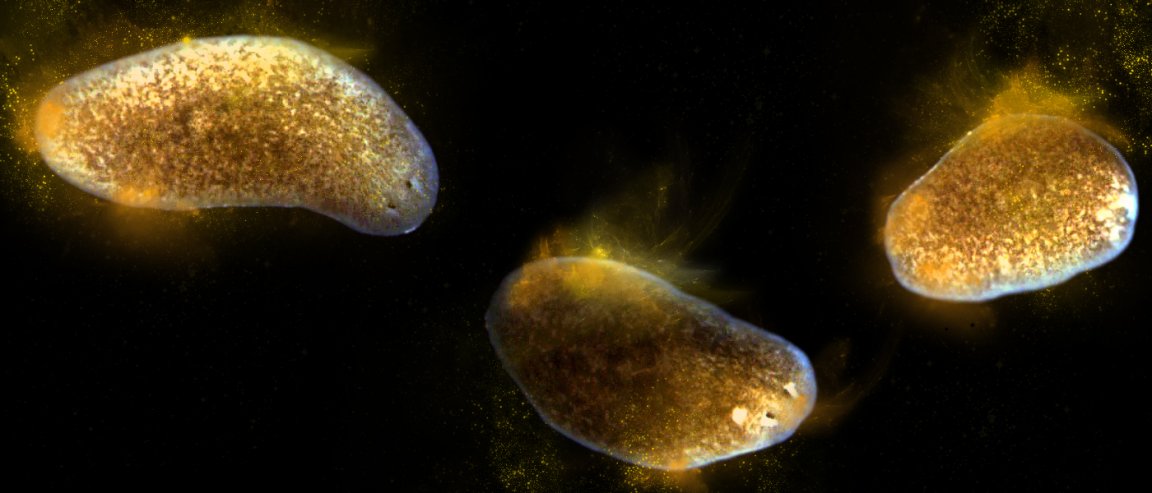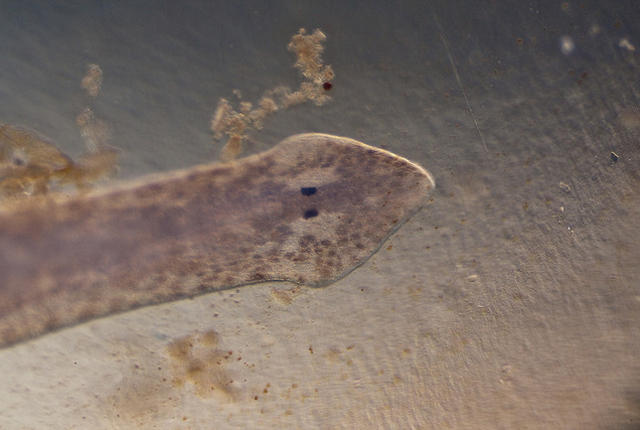
Fortunate Accident
What started as a sudden lab dilemma has turned into a discovery of how to facilitate an organism’s regeneration even in the presence of an infection.
Planarians are the tiny flatworms that can not only resist bacteria that are highly pathogenic in humans, but they also have incredible regenerative capabilities. Contrary to popular playground belief, cutting an earthworm in half does not create two earthworms….perhaps they were thinking about these lil’ guys (the flatworms).
At the Stowers Institute, researchers have a tank filled with these small flatworms. But an infection hit part of the planaria population, resulting in some of the animals developing lesions around their eyes and then grew larger until the worm’s head deteriorated. In normal situations, the worms would have simply grown a new head, but it appeared that the infection prevented the animals from regenerating.
The researchers tried to transfer the healthy worms to another tank system, but the animal quickly got sick once they were taken out of that sanitation controlled environment.

TAK1 Kinase
For Chris Arnold, Ph.D., a new postdoctoral research associate at the time of the study, the incident was like “making lemonade out of lemons.”
After learning that the worms which developed lesions had a surge in proteobacteria—also a cause of peptic ulcers and stomach cancers in humans—Arnold and his colleagues tested if it was the immune system that’d been blocking the worm’s ability to regenerate. Taking this hypothesis, the researchers used RNA interference to disrupt the natural immune response. By interrupting the gene TAK1 kinase, the worms’ regenerative abilities again became functional.
Senior author Alejandro Sanchez Alvarado called it a “tops-turvy” process, and one that was completely different from the initial hypothesis that they set out to prove.
“We think this pathway might act to get rid of infected cells, clearing them out so the infection cannot spread to healthy tissue. Only when we block the pathway, can we allow regeneration to occur even in the presence of infection,” said Sanchez Alvarado. Researchers hope to further experiment and test the possibilities of exploring how these findings can be applied to humans dealing with conditions like chronic, non-healing wounds.
The study can be found in the journal eLife.